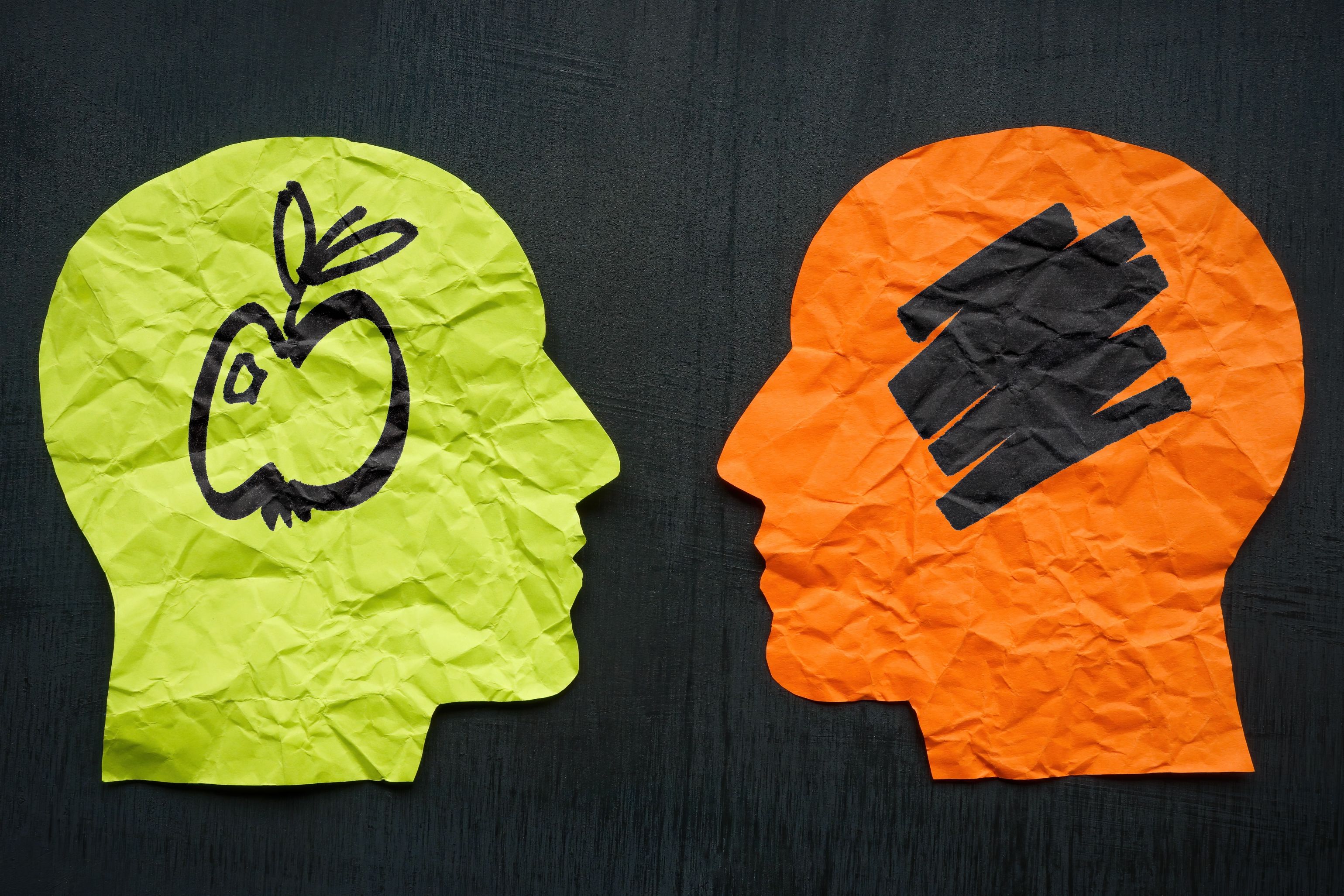Marco Giancotti delves into his personal experience with “aphantasia,” a condition where one cannot voluntarily conjure up mental images or sensory stimulations. Undergoing tests in Tokyo University’s Faculty of Medicine, he highlights the discovery that he can’t visualize everyday objects or scenarios when prompted. The article delves into the history and recognition of aphantasia, its implications on daily life, and scientific efforts to objectively understand and classify the condition.
Key Points:
- Aphantasia Defined: A condition named aphantasia prevents individuals from forming voluntary mental images or other sensory stimulations. For instance, while one may know and understand what a “top hat” is, they might not be able to mentally “see” it.
- History of the Condition: While occasional reports date back to the 1800s, it was only in the 2010s that aphantasia garnered significant attention. This began when a man reported a loss of his “mind’s eye” after heart surgery, leading to a groundbreaking study in 2010.
- The Scope: Current research suggests approximately 1 in 25 people might have aphantasia, making it relatively rare yet not uncommon.
- Physical Indications: In 2022, a study from the University of New South Wales found that while typical individuals’ pupils contract when imagining bright shapes, those with aphantasia show no such reaction, providing a physiological indicator of the condition.
- Impact on Daily Life: Many with aphantasia function effectively in daily tasks and careers. However, the realization of the condition can prompt a reevaluation of one’s life experiences and abilities.
Source: https://nautil.us/my-brain-doesnt-picture-things-407444/






